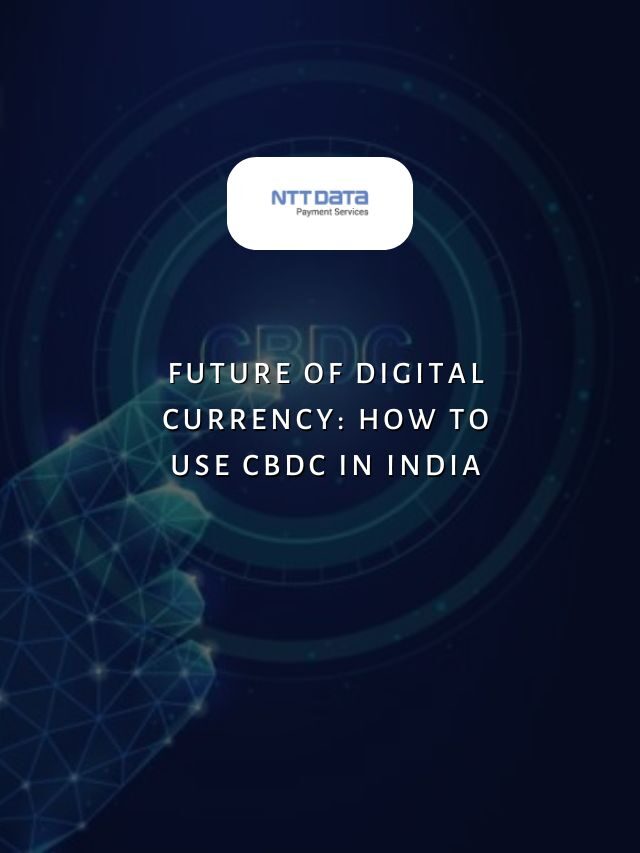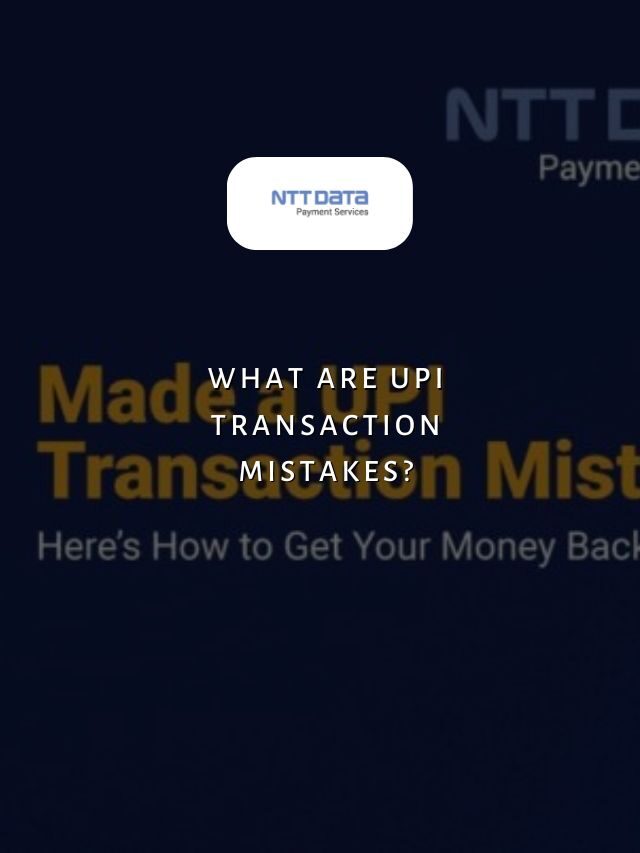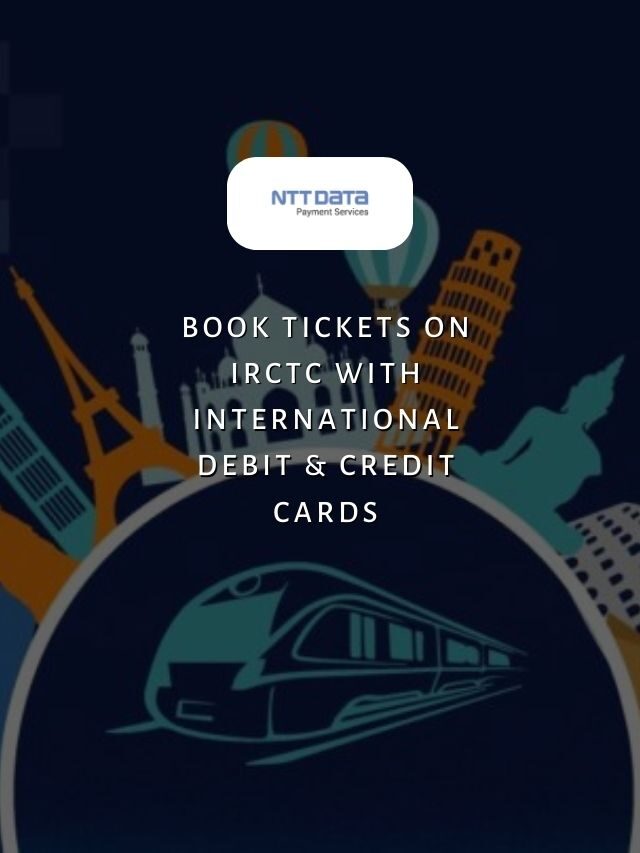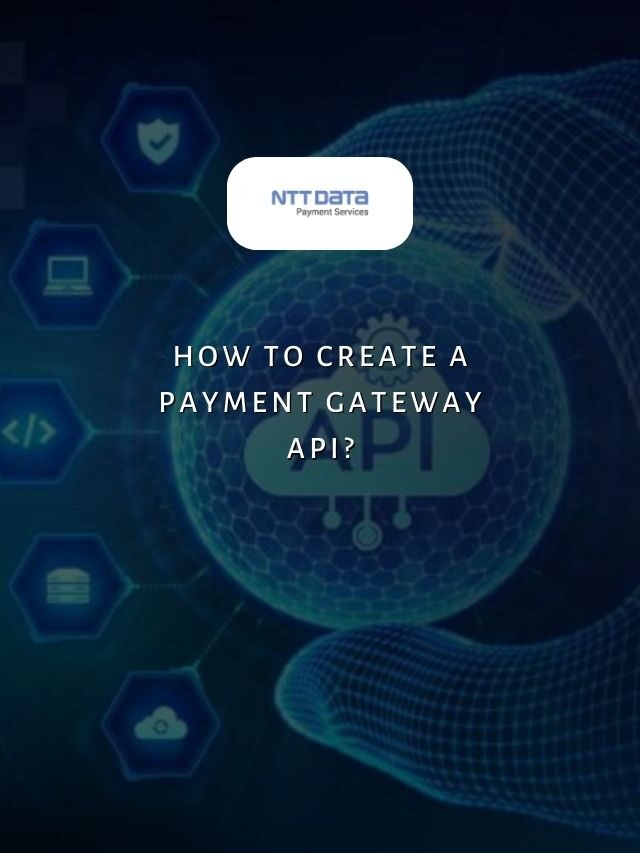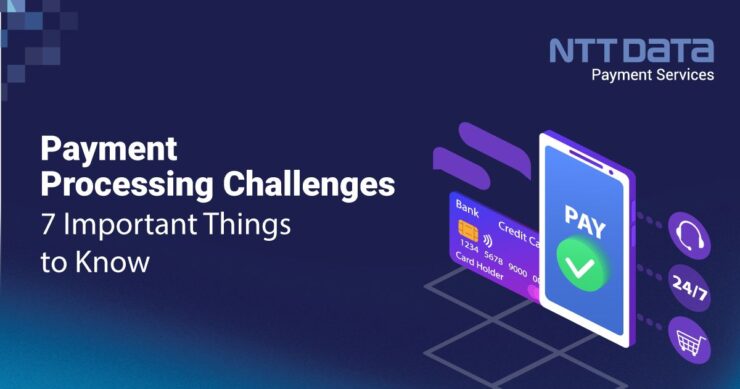
Table of Contents
- 1 Understanding Payment Processing 101
- 2 Recent Web Stories
- 3 Overview of basic payment processing flow:
- 4 7 Payment Processing Challenges Businesses Must Know
- 5 Overcoming Payment Processing Challenges
- 6 Ensure Seamless Online Transaction for Your Business With NTT DATA Payment Services
- 7 Payment Processing Challenges Decoded
As e-commerce grows, payment processing has become essential for online businesses but presents several challenges. One major challenge is transaction fees from payment processors, which can eat into profits significantly for businesses with high volumes of low-value sales. Merchants need to compare fee structures and negotiate discounts carefully.
Choosing the right payment gateway is also critical, as incorrect selection can lead to integration issues and lost sales. Security breaches pose huge risks, so choosing a PCI-compliant processor and implementing strong on-site security measures are significant.
In this blog, let’s discuss 7 important payment processing challenges for merchants to understand and overcome.
Understanding Payment Processing 101
Whether you’re a large enterprise or a small startup, accepting customer payments online is crucial to your success. However, the payment processing industry is fraught with challenges that can negatively impact the customer experience and your bottom line if not addressed properly.
By understanding payment processing challenges and possibilities, you can make more informed decisions regarding your payment solutions.
Recent Web Stories
Overview of basic payment processing flow:
Here is a step-by-step process of how payment processing works:
- A customer makes a purchase and enters payment details.
- The payment gateway receives and encrypts this sensitive data.
- It is then sent securely to the processor.
- After verifying funds, the processor routes it to the issuer bank.
- Once approved, a notification is sent to complete the transaction.
7 Payment Processing Challenges Businesses Must Know
Here are 7 significant payment processing challenges every merchant should know:
1. Security and Compliance Issues
Security has become the number one Payment Processing Challenge. Merchants must protect vast amounts of sensitive financial and personal customer data from breaches. However, maintaining robust security is complex, given expanding regulations like PCI DSS.
Non-compliance can result in hefty penalties, hurting the bottom line. Customers rightly expect businesses to protect their financial and personal information. Failing to do so can damage brand trust and reputation.
2. Transaction Fees
One of the biggest payment processing challenges is the cost of transaction fees. Every time a customer makes a purchase, payment processors charge a fee deducted from the transaction amount. These per-transaction fees can add up quickly, especially for businesses with high volumes of low-ticket purchases.
3. Poor Customer Experience
Older payment processes often lead to friction points like long loading times and confusing checkout flows. These minor irritations can significantly impact conversion rates. Streamlining the checkout is critical, whether it’s integrating BQR payment options or adding payment links to emails. Ensuring optimal experiences also requires supporting diverse payment methods.
4. Fragile Infrastructure
Infrastructure issues often stem from inefficient legacy systems ill-equipped to handle the massive scale of digital commerce. Common problems include network congestion, single points of failure, and lack of redundancy. This Payment Processing Challenge causes downtime and outages, severely impacting revenues.
4. International Transactional Complexity
Aiming to sell globally can open new revenue streams but can increase payment processing complexity. You’ll need to support international payment methods, currencies, and shipping options and comply with local regulations.
5. Lack of Standardisation
With hundreds of payment processors, gateways, and formats in play, a lack of standardisation creates interoperability hurdles. Integrating and supporting diverse systems is a key challenge for multi-channel businesses.
The complex web of protocols like ISO 8583 and different message types require specialised expertise and resources. Compatibility issues lead to delayed transactions and technical debt.
6. Refunds Pose High Risks
Refunds happen when customers dispute transactions with their bank or credit card issuer. While some refunds are legitimate, many are due to merchant issues, like poor customer service. Not managing refunds properly can lead to hefty fines.
7. Technology Limitations
Legacy systems lack the flexibility needed to support new payment types and customer demands. Manual processes hinder scalability. This Payment Processing Challenge inhibits growth opportunities.
| Things to remember: What is the difference between a payment gateway & a payment processor? A payment gateway is the interface between a merchant’s website and the payment processor, securely transmitting transaction data. On the other hand, a payment processor manages the transaction’s backend, interacting with banks to facilitate fund transfers. |
Overcoming Payment Processing Challenges
1. Security and Compliance
Strong authentication, encryption, and minimisation of stored data are essential best practices. Choosing PCI-compliant payment gateways and processors can help simplify this challenge. Proactively addressing vulnerabilities through regular audits and upgrades is crucial.
2. Transaction Fees
Carefully compare transaction fee structures between different payment processors. Look for providers that offer volume-based discounts or tiered pricing based on monthly transaction volume. You can also negotiate with your provider to get a better rate.
3. Customer Experience
Continuous testing and upgrades keep interfaces intuitive. Proactive communication regarding order and payment statuses further enhances satisfaction. Addressing experience issues should be a strategic priority.
4. Strong Infrastructure
Building robust, scalable, and geographically distributed infrastructure is now imperative, given the traffic volume. Modern cloud platforms offer near-unlimited scalability, high availability, and auto-recovery features to replace fragile on-premise setups. Continuous infrastructure monitoring also helps proactively detect and resolve issues.
4. Cross-Border Transactions
Look for a payment processor with global capabilities and currency conversion services. Integrate platforms that simplify international shipping and returns. Educate international customers about payment and delivery procedures upfront to avoid issues down the line. Proper preparation makes processing international payments seamless.
5. Payment Process Standardisation
Adopting open standards benefits all parties in the payment ecosystem. Emerging standardised formats and APIs will simplify integrations going forward. Focusing on core competencies through payment orchestration platforms also streamlines management.
It’s important to choose a payment processor that follows strict security protocols like PCI DSS compliance. You should also implement measures on your end like two-factor authentication, address verification, and monitoring for suspicious account activity.
6. Refunds
To minimise refunds, ensure order accuracy, communicate tracking details, have a clear refund/return policy, and promptly resolve customer queries. You may also consider refund protection services. Most importantly, focus on delivering positive customer experiences to avoid disputes in the first place.
7. Technology
Integrating emerging technologies is essential. For example, AI and machine learning optimise fraud detection. APIs simplify integrations. Cloud-native architectures deliver agility. Prioritising technology upgrades can play a significant advantage in payment technology.
Ensure Seamless Online Transaction for Your Business With NTT DATA Payment Services
With dozens of payment gateway providers, selecting the right one is a challenge in itself. You need to find a gateway that seamlessly integrates with your online business platform, offers the payment options your customers want, and provides robust security and reporting features.
NTT DATA Payment Services offers a complete payment solution to advance both your offline and online businesses from,
- Online Payment Gateway in India
- POS machines
- IVR payments
- Mobile applications, and
- Bharat QR Scan and Pay
We ensure maximum comfort, convenience, and safety for all your payments.
Payment Processing Challenges Decoded
While payment processing introduces several challenges, awareness of potential issues and mitigating strategies is crucial. Conduct annual security audits and make necessary system updates. Proactively educating customers about data usage policies also demonstrates compliance.
By staying informed, adopting innovative solutions, and maintaining a proactive approach, businesses can confidently adopt and leverage payment processing.
| Also, you can get frequent updates on nttdatapayments Instagram page. |
Frequently Asked Questions (FAQs)
1. What are the challenges of payment processing?
Some common challenges businesses face with payment processing include
- High transaction fees
- Limited payment options
- Security concerns
- Disputed payments
- Refund Initiations
2. What are the basics of payment processing?
Payment processing involves accepting and facilitating monetary transactions securely. The basics include selecting a payment gateway to integrate with your website or app, deciding which payment methods to accept, like credit cards, setting up merchant accounts, adhering to PCI compliance standards, and managing transactions and settlements.
3. What payment options are available for small businesses?
Popular online payment options for small businesses include major credit cards, debit cards & UPI. Some processors offer value-added services like EMI, Payment Links etc. Providing multiple convenient payment choices increases checkout options for customers.
4. What are some tips for reducing refunds?
Some tips to help reduce costly refunds include:
- Having a clear refund/return policy
- Promptly resolving customer issues or payment disputes
- Verifying customer details during checkout
- Implementing fraud prevention tools
- Ensuring order accuracy with fast and reliable fulfilment.
5. What are the challenges faced by payment service providers?
Payment service providers must contend with evolving regulations, security risks, high infrastructure costs, slow adoption of new technologies, and a lack of standardisation across the payments ecosystem. They also need to balance business needs with consumer protection.

